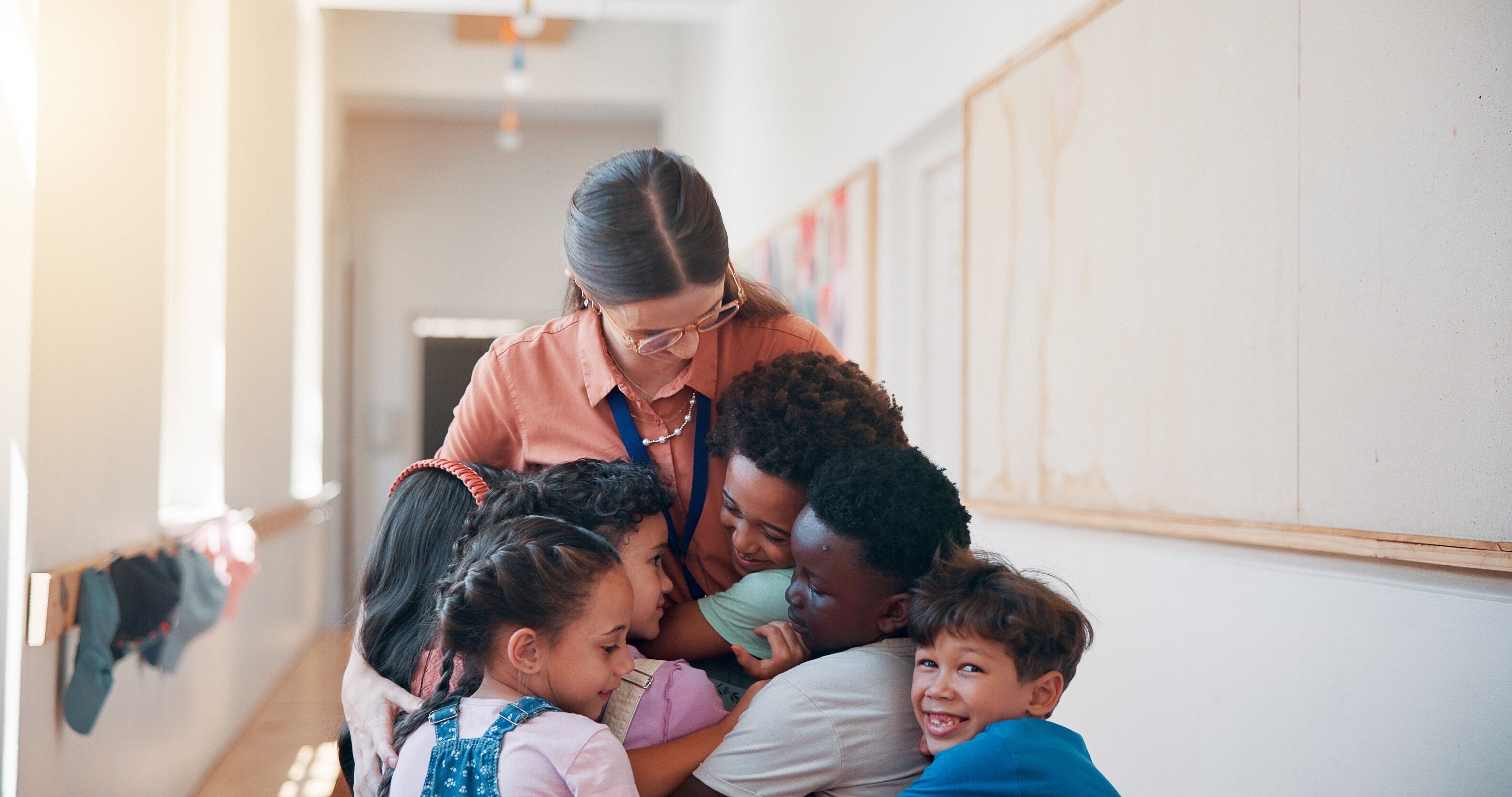All of us would agree that it is better to prevent or mitigate trauma than it is to deal with it after the fact. For example, many of those who were impacted by the Columbine tragedy are still working through the trauma they experienced almost 26 years ago. So, we should ask ourselves: if we all want to prevent trauma, why are we not funding our safety programs, and why are we not mandating everyone in our schools be well-versed in their roles and responsibilities? Why are we waiting for mandates to protect our schools? Why aren’t we pushing back against mandates giving us a false sense of security? Why are we waiting for someone else to solve our problems for us?
It is time for a paradigm shift! We need to break down all of our silos! We need to start preventing and reducing trauma! Why do I emphasize this? Because the majority of our schools are waiting for something to happen to them, then they want to push a panic button. Recently, I was involved in a conversation with several school administrators. Part of that discussion was about how school teachers are now coming forward and identifying their own safety concerns as their number one concern. However, some of those involved in that conversation refuted their claims. They said they were probably discussing school climate, classroom management, disciplinary issues, lack of leadership support, etc. What struck me most about that conversation was the fact that school administrators were dismissing their concerns, while at the same time, citing the very components of the school climate that make people feel unsafe. Everything they cited contributes to school safety, both good and bad. If your climate isn’t good, then your safety isn’t good. These school administrators believe they do everything possible to make their schools safe. Yet, fundamentally, they are not connecting the dots and in fact, placing them all in separate silos.
Who can blame the teachers for feeling this way? The Columbine High School tragedy was nearly 26 years ago. That means so many things to us in the school safety industry, and it’s probably not what you think. We have gone from our children asking us to keep them safe, to now our staff is asking us to keep them safe. Translation: the ones who are supposed to keep our students safe now ask for our help. In this particular case, we are failing. If our teachers don’t feel safe, how will they make our students feel safe, and how will they perform during an emergency? Are we giving them the tools they need to do this? Are we providing them with the training they need? Are we funding our safety programs sufficiently? Are we doing everything we can to give them a safe environment? If we are to believe those teachers who answered a survey stating their number one concern is their safety, we are missing the mark on many of these factors that produce the confidence they need to protect their students and themselves.
So, how do we reverse this trend? We must invest as much in our staff as our students. We must also work in the areas that are Left of Bang! This includes all of the steps for Prevention/Mitigation and Preparation. Prevention/Mitigation provides steps to identify your risks and create plans to prevent them from happening or mitigate their impacts should they happen anyway. Preparation is looking from the perspective of when prevention and mitigation fail, what will you need to do if you are forced to respond to your prevention failure? We have discussed this multiple times from many different perspectives. Now, we are looking at this through the prevention and mitigation of trauma lens. Putting our efforts in the Left of Bang space will cost much less, both in terms of human trauma and usually in the financial sense. Looking at the benefits, we can see many, including:
- Creating a safety culture ensures that we take safety seriously and that people believe we have done everything possible to keep them safe.
- Builds confident students and staff.
- Creates an environment where problems are addressed early, which helps with additional prevention efforts.
- Builds an environment of community and accountability.
- Fulfills one of Maslow’s basic human needs. Without the need being filled, one cannot reach their full potential.
- It builds better relationships with students and teachers, teachers and parents, parents and schools, schools and communities, teachers and leadership, and schools and first responders.
There is a clear path forward, it is easy for me to see. But being easy to see, doesn’t mean it is easy to achieve. It will take commitment, effort, stepping outside of your comfort zone, forging partnerships with many different organizations, a willingness to learn new skills, and a sense of urgency to keep your schools safe. Do not make excuses for the past failures, but learn from them. Look to the future and put your efforts into keeping everyone on the pathway to success. While you have a legal and moral obligation to keep yourself and those in your school safe, ultimately, I can’t force you to meet those obligations —only you can do that.












No Comments Yet
Let us know what you think